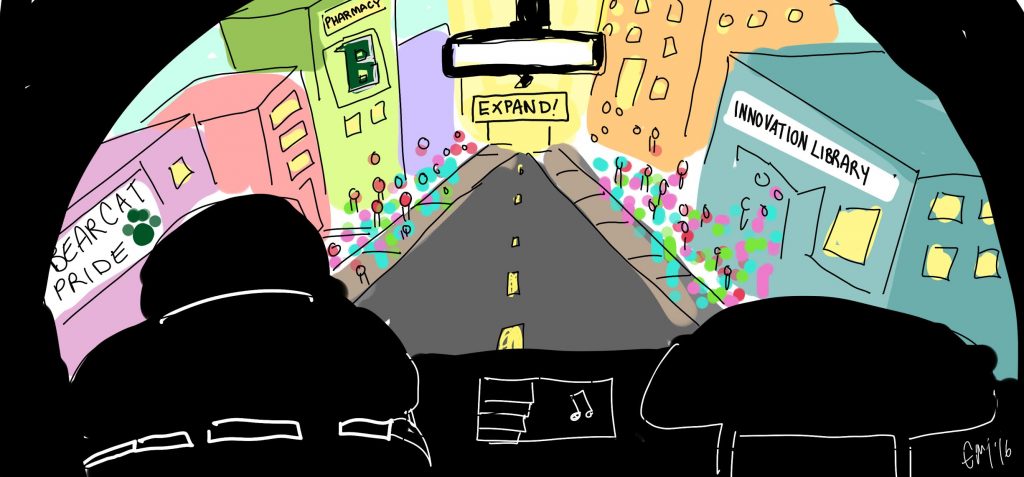On Thursday, Binghamton University President Harvey Stenger delivered his annual State of the University address. His speech detailed progress that the University has made in keeping with his Road Map to Success plan that was instated four years ago.
In previous speeches, Stenger spoke about the University’s progress with a big-picture mentality focused on prestige and the potential for grandeur and success. But this address struck a different tone, instead reflecting on the changes and developments that have been made over the past few years.
It is clear that Stenger and his administration have made significant progress in meeting many of their goals. The University is set to have 20,000 students by 2020 in a timely manner, faculty-to-student ratios have decreased, construction has concluded and graduate school growth and development has flourished.
The University has reached a crossroads, and Stenger acknowledged that on Thursday. Instead of continuing on the same path forward, he used his moment in the spotlight and his platform to take a step back. Looking to the public, Stenger opened the floor for collaboration as the University redirects for the second phase of Road Map plans.
BU has a stable foundation to grow on, and a prestigious platform from which to expand. From this base, the University now has the freedom to move in completely new and exciting ways. BU is entering an extremely malleable phase in its existence. Binghamton is on track to become an even bigger player in the area community, so it is more important now than ever that the people involved in the Road Map ask questions about how we should move forward.
This sense of openness for Stenger’s phase two made us consider how the University looks to expand within the surrounding community. Frequently, the campus community gets caught up in how it will engage with the greater Binghamton area, either through mentorship programs, graduate retention or community outreach. But this mindset completely bypasses the extremely productive, valuable and meaningful ways that the University and the city can collaborate.
We need to move beyond viewing the University as a resource for the surrounding community and consider how the surrounding community can bring value to the University. The region is filled with people who can offer BU knowledge, capitalize on our infrastructure and ultimately help us move forward. The benefits of innovation and creative problem solving should not be held as a premium exclusive to students and faculty at BU. In order to find the creative answers to the problems that face the Binghamton community, the University must explore creative solutions.
We applaud the BU administration for de-siloing and looking to use collaborative strategies in its expansion, but if collaboration is to be a true goal of the University, we must first reach out to those that call the Binghamton area home 12 months a year. Many steps have been taken in the past four years. We can look back at many metrics and see this success. Yet, now the school must move past these straightforward metrics and thoroughly examine how we connect and collaborate with the Binghamton community.



